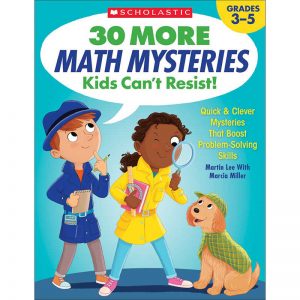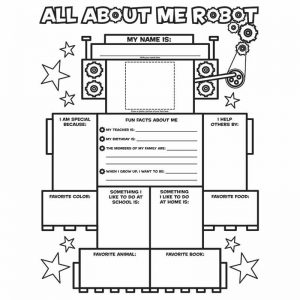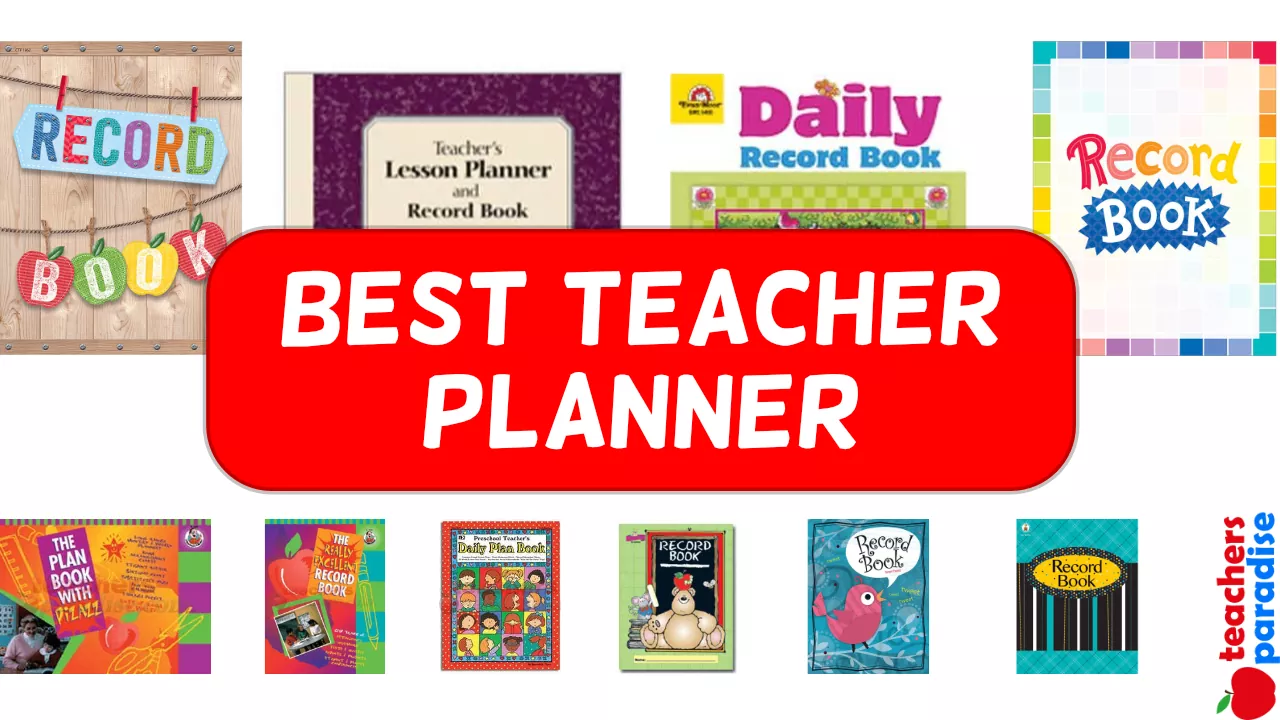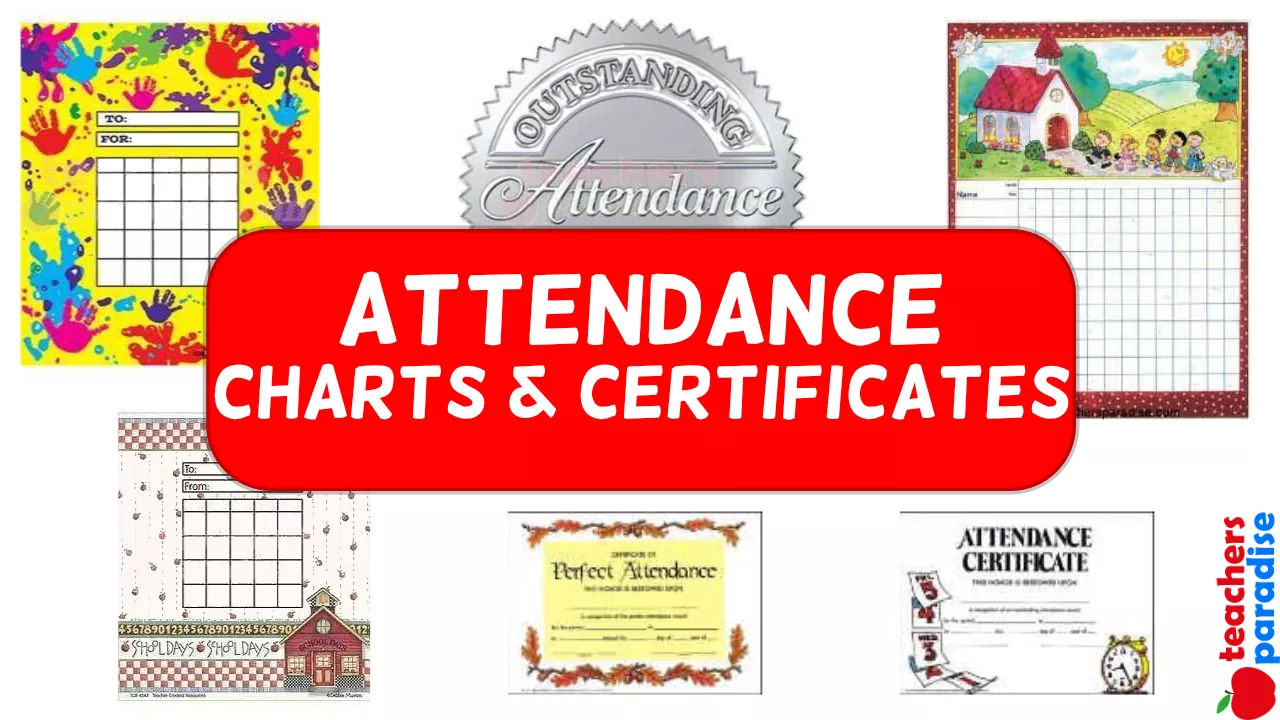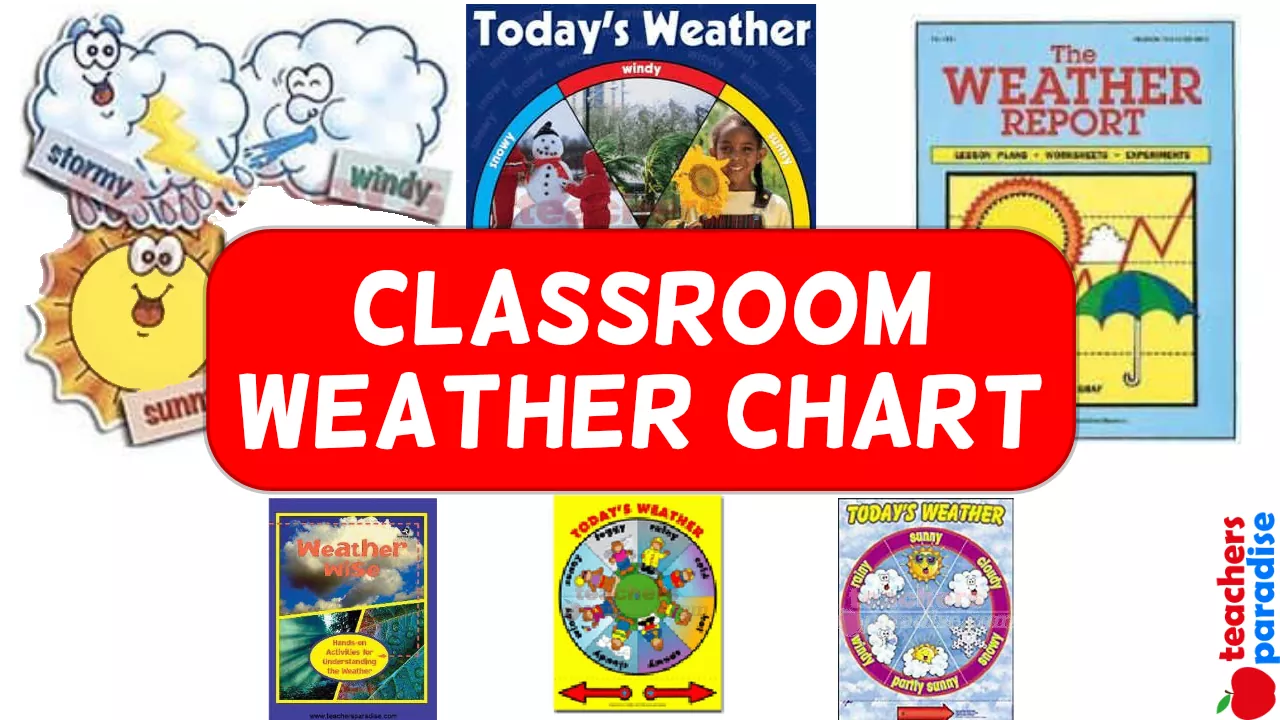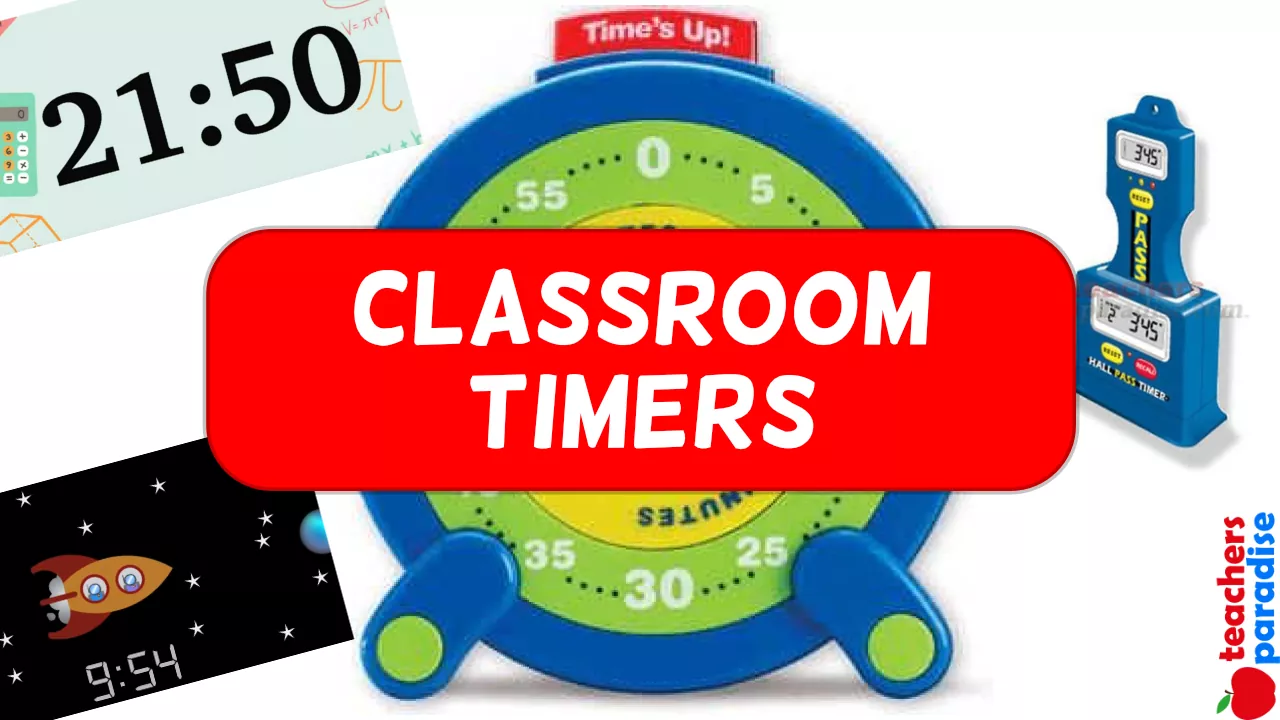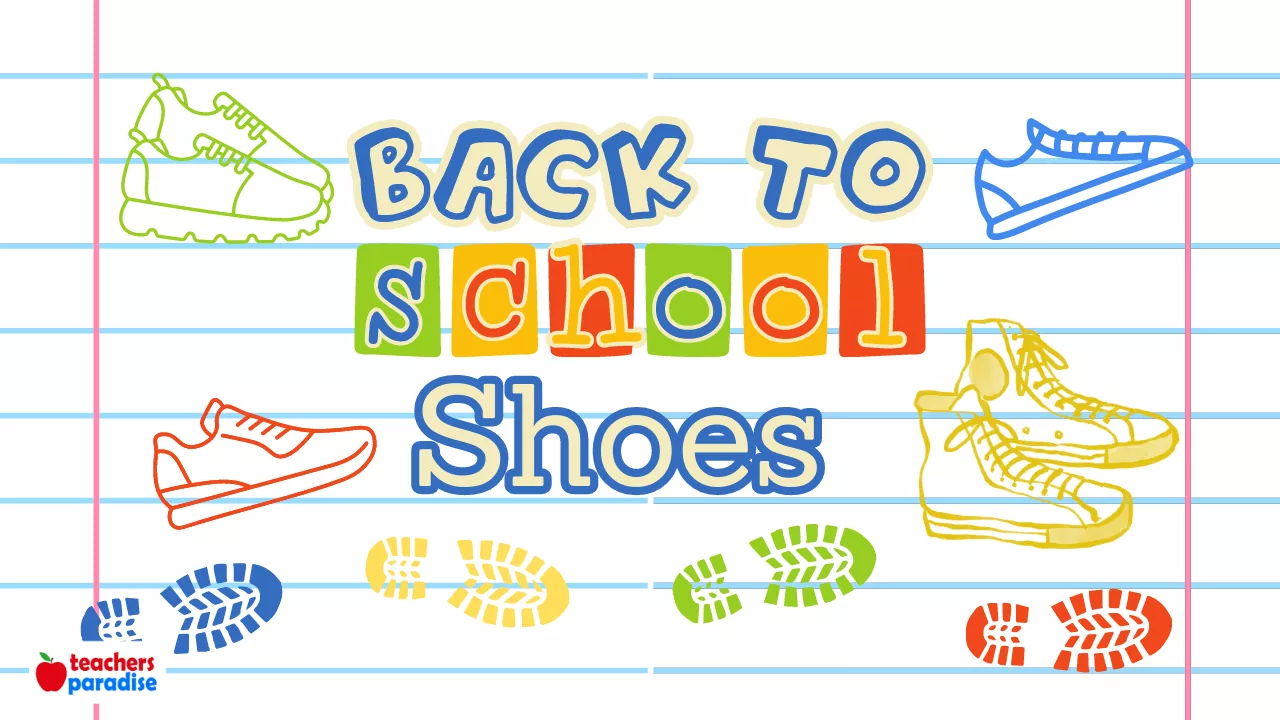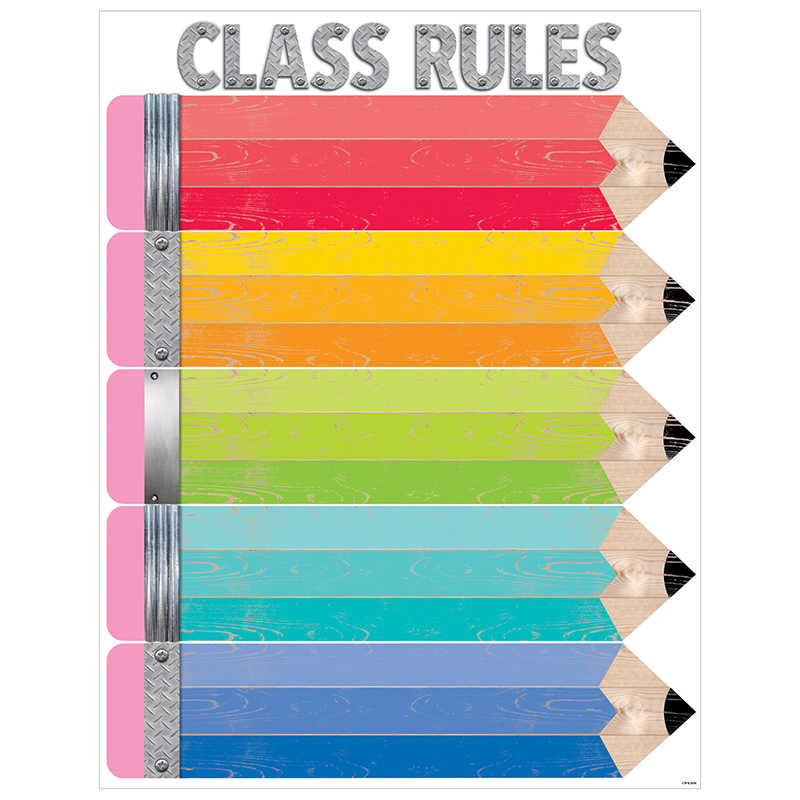Substitute Teacher Resource Book for Grades 3-5
Reading: End-of-Book Review
Completely read and discuss a story from the reading basal or plan to end a novel the day before you are going to be absent. Write comprehension questions from the story on a piece of chart paper and review them with students. Discuss what kinds of answers you expect them to create. The following day the substitute can simply hang up the questions and students can go right to work.
Comprehension Questions to Fit Any Book
- What is the setting of the story? How do you know that is the setting?
- What words would you use to describe the main character? Why did you choose those particular words?
- What is the main idea of the story or article? Can you explain it to me using only three sentences?
- Does the author offer an opinion? What is it? Do you agree?
- Does the author try to teach you a lesson? What lesson?
- How did the author try to make his or her story or article come alive? Can you find examples of similes or strong verbs or great description?
WORKSHEET & Sample PDF Activity
Sample PDF Activity
Reading: Read-Aloud Plays
The day before you are going to be absent, introduce a play, discuss the setting, and assign parts for the students. Have them read and study their parts as homework. Leave a copy with students’ names written by their parts and give the substitute directions to allow students to read the play out loud in class. (See pages 76–79 for a read-aloud mystery play and page 56 for teaching tips to help the substitute.) Other read-aloud plays can match your social studies units, for example Scholastic’s Read-Aloud Plays series includes these topics: Explorers, Medieval Times, Colonial America, Revolutionary War, Pioneers, Immigration, Civil War, World War II, and Civil Rights.
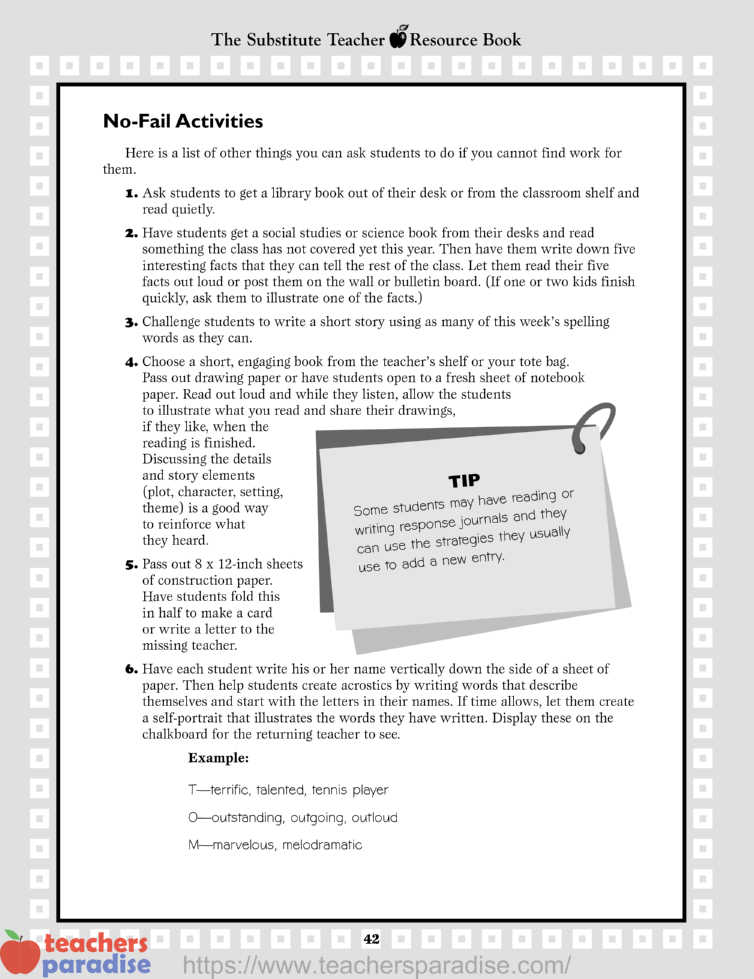
No-Fail Activities for the Substitute Teacher
No-Fail Activities
Here is a list of other things you can ask students to do if you cannot find work for them.
- Ask students to get a library book out of their desk or from the classroom shelf and read quietly.
- Have students get a social studies or science book from their desks and read something the class has not covered yet this year. Then have them write down five interesting facts that they can tell the rest of the class. Let them read their five facts out loud or post them on the wall or bulletin board. (If one or two kids finish quickly, ask them to illustrate one of the facts.)
- Challenge students to write a short story using as many of this week’s spelling words as they can.
- Choose a short, engaging book from the teacher’s shelf or your tote bag. Pass out drawing paper or have students open to a fresh sheet of notebook paper. Read out loud and while they listen, allow the students to illustrate what you read and share their drawings, if they like, when the reading is finished. Discussing the details and story elements (plot, character, setting, theme) is a good way to reinforce what they heard.
- Pass out 8 x 12-inch sheets of construction paper. Have students fold this in half to make a card or write a letter to the missing teacher.
- Have each student write his or her name vertically down the side of a sheet of paper. Then help students create acrostics by writing words that describe themselves and start with the letters in their names. If time allows, let them create a self-portrait that illustrates the words they have written. Display these on the chalkboard for the returning teacher to see.
Example:
T—terrific, talented, tennis player
O—outstanding, outgoing, outloud
M—marvelous, melodramatic
TIP
Some students may have reading or writing response journals and they can use the strategies they usually use to add a new entry.

